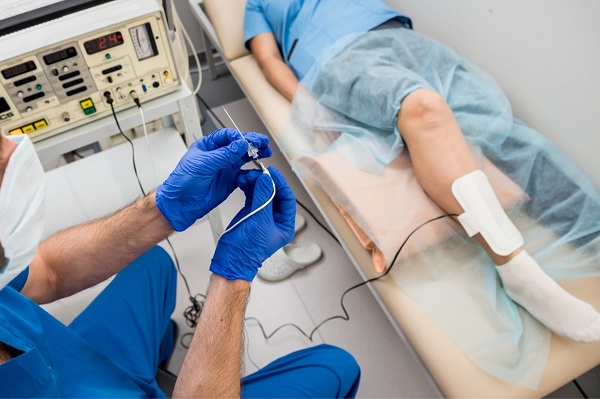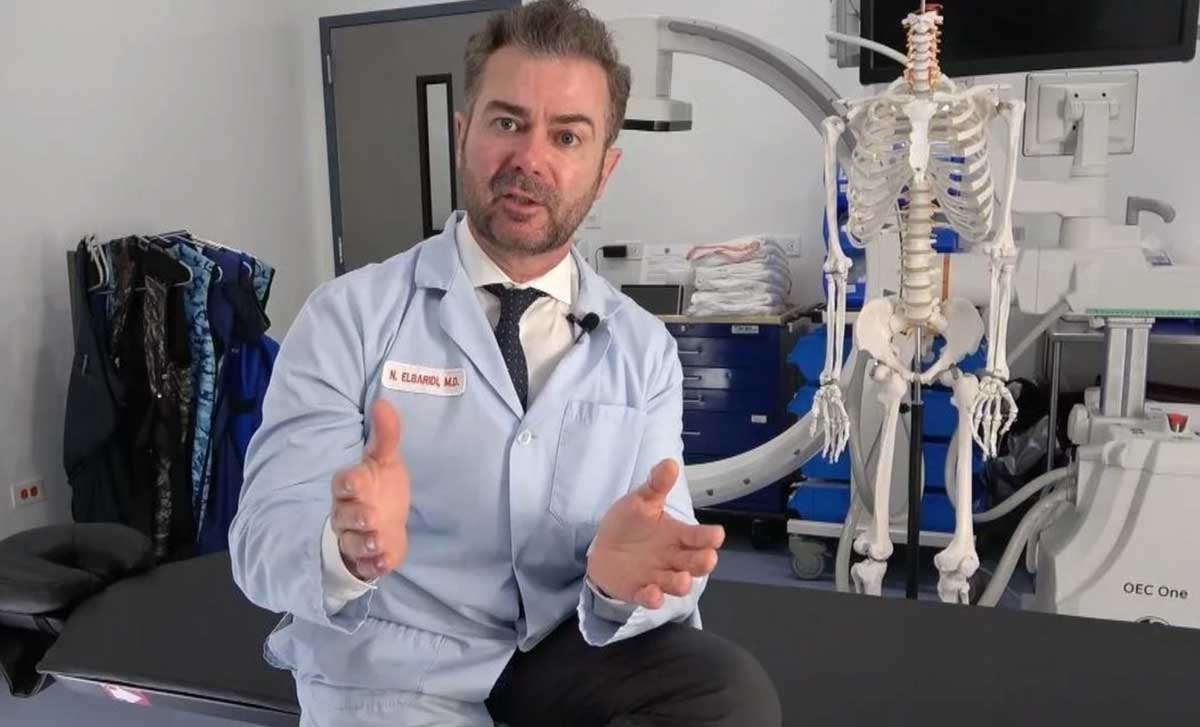Here you can cure pain from arthritis, migraines, injuries and varicose veins, beautify your face…

What is a Radiofrequency Ablation (RFA), and how does it work?
A Radiofrequency ablation employs an electric current to block a small area of nerve tissue from generating pain signals. It has the potential to provide long-term relief for patients suffering from chronic pain, particularly in the lower back, neck, and arthritic joints.

A pain management physician performs radiofrequency ablations. The goal is to alleviate chronic back, neck, hip, or knee pain that hasn’t responded to drugs or physical therapy, or in cases when surgery isn’t an option.
What is the procedure for a radiofrequency ablation?
During a radiofrequency ablation, the doctor uses heat to block the nerve that causes pain. Radiofrequency ablation is a percutaneous procedure, which means it is performed with the help of a needle. This needle delivers a microelectrode to the nerves that need to be heated.
You’ll first be given an intravenous sedative to help you relax. You will then lie on an x-ray table on your stomach or back depending on the area being treated. Your doctor will then apply a local anesthetic which will be used to numb the area of skin. He will then insert 3 needles into the problem area where the nerves are located.
Your doctor will ask if you experience a tingling feeling after inserting a microelectrode through the needle to begin the stimulation process. That will assist your doctor determine if the electrode is in the optimal area for treatment. The electrode sends a subtle radiofrequency to heat your nerve tissue.
What conditions can an RFA help with?
Radiofrequency ablations can help patients with chronic (long-term) low-back, neck, hip, or knee pain as well as discomfort from arthritis-related joint degradation.
How long does the pain relief last from an RFA?
Depending on the origin and location of the pain, the degree of pain relief varies. RFA’s can provide pain relief for six to twelve months, and in rare cases, relief might extend for years. More than 70% of patients who are treated with an RFA report pain reduction.

Is an RFA a risky procedure?
RFA’s have been shown to be a safe and effective method of treating certain types of pain. It’s also generally well-tolerated, with only a few side effects. Your doctor will be able to advise you on your specific risk.
Temporary side effects can include weakness or numbness in your legs or swelling and bruising at the incision site.
After the procedure
After the procedure, you will be monitored in a recovery room, where a nurse will take your blood pressure and pulse. Following a radiofrequency ablation, you will have a few restrictions. You aren’t allowed to do any rigorous activity for 24 hours after the procedure. You will need a ride home because driving after your procedure is not an option. You can return to your normal activities the following day.
A radiofrequency ablation may be right for you if you have chronic pain that does not respond to other treatments. Our leading physicians will be happy to talk to you. To schedule an evaluation please fill out our contact form or give us a call at 312-414-1088.



